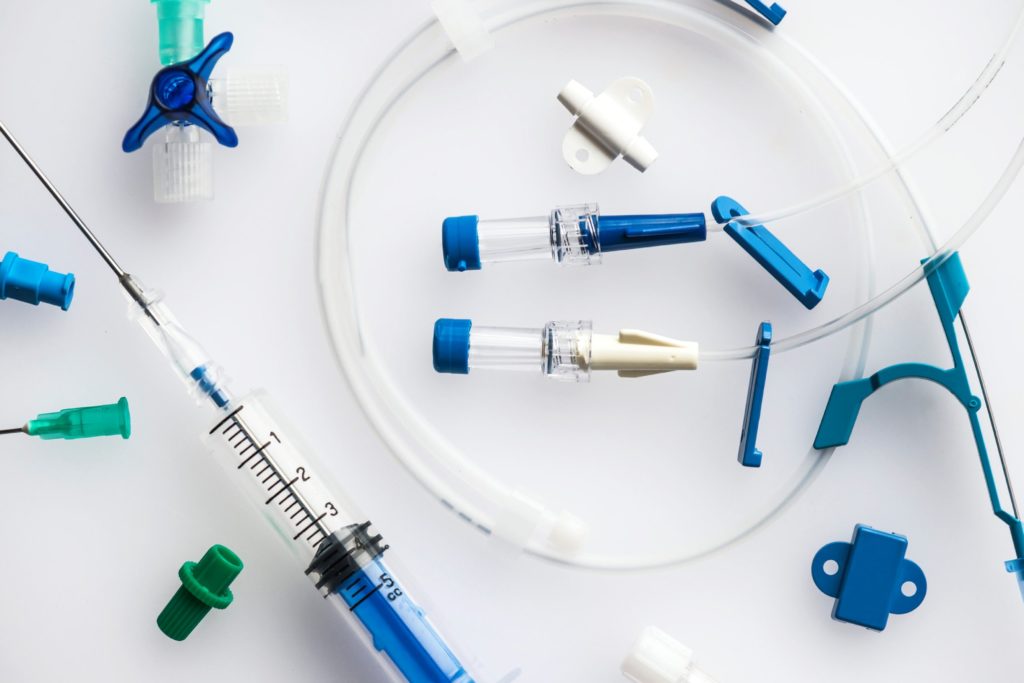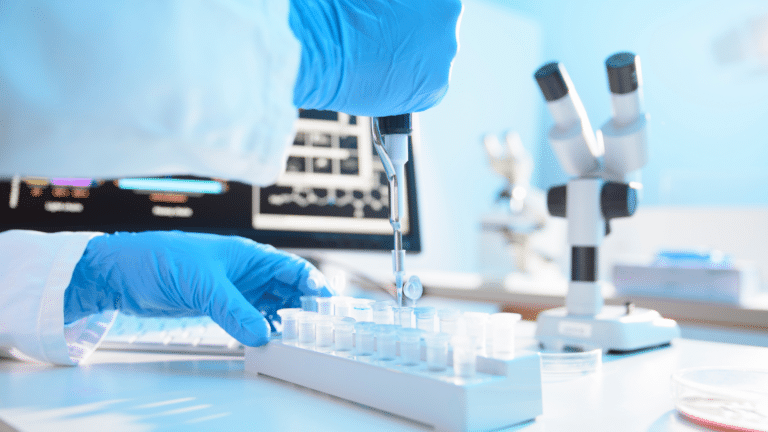At NextBeam, can help with transferring medical devices from gamma to electron beam sterilization.
Gamma vs. Electron Beam Sterilization
Looking for alternatives to gamma irradiation? Many gamma sterilized products are compatible with electron beam. With the recent publication of AAMI TIR 104, the process for transferring products from gamma to electron beam is now simple and well defined.
Advantages of E-beam over Gamma include:
- Shorter turnaround time
- Similar-to-superior materials compatibility
- Simple regulatory and technical requirements – electron beam is an “Established Category A” method of sterilization with a long history of safe and effective use, and uses the same industry standards for sterilization validation as gamma.
- No need for extended shutdowns for reloading source material
4 Step Process to Transfer Medical Devices from Gamma to Electron Beam Sterilization
1. Evaluation: Contact us for a free consultation to determine if your product is a good fit for electron beam sterilization. We begin by asking questions about the product’s dose range, materials, and overall configuration to give an early indication of compatibility.
2. Dose Mapping: Perform a dose mapping study to confirm dose distribution within the product and establish parameters for routine processing.
3. Documentation: Prepare documentation (this is similar to a product adoption report for gamma irradiation – the below list is appropriate for medical devices):
- List of candidate part numbers and descriptions
- Description of irradiation source used currently (Cobalt-60 gamma) and proposed transfer source (10 MeV electron beam)
- Document assessment for low risk of impact to device performance and biocompatibility (no testing required for most devices)
- Assessment of differences in antimicrobial activity between current source and proposed source (no difference unless the product contains liquid water or supports microbial growth)
- Reports for any tests performed for above steps (dose mapping or adoption into processing category)
4. Determine if any regulatory activity is required:
- FDA – Transferring from gamma to electron beam would not be considered a significant change and can be performed via internal documentation without having to make a new submission for most products marketed via 510(k). Both gamma and electron beam are considered “Established Category A” radiation methods with a long history of safe and effective use.
- EU MDR – Changing from gamma to electron beam sterilization would not be considered a substantial change under EU MDR 2017/745 §120 for most products.
How Long Does the Transfer Process from Gamma to Electron Beam Take?
Typically a transfer would take about the same amount of time as a gamma adoption, with the following steps:
- Evaluation – Can be done within a day if all information is available.
- Dose mapping – Typically completed within a few days.
- Documentation – This depends mostly on manufacturer resources and prioritization. NextBeam may be able to provide assistance generating the required documentation if internal resources are not available.
Getting Started
As an ISO 13485 / ISO 11137 / ISO 9001-regulated processor of medical devices, we are invested in producing high-quality outcomes that meet stringent quality standards for our clients.
We work with our clients to deliver these outcomes by collaborating with their technical product experts. At NextBeam, we have sterilization microbiology and E-Beam experts on staff to help guide customers through this process – contact us for a free consultation.
Additional Articles We Think You Might Like
Have a question? Speak with a sterilization expert today, at your own convenience.






